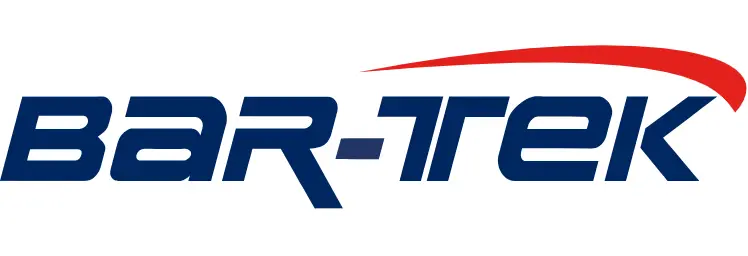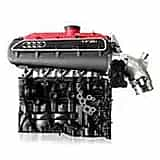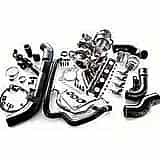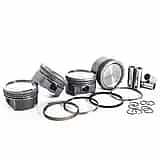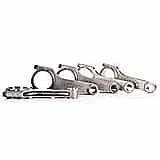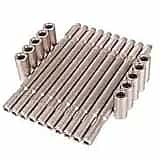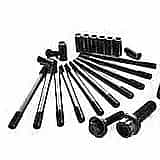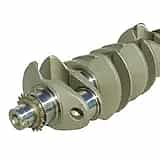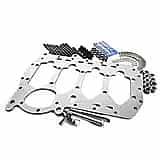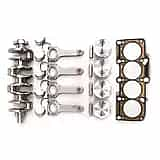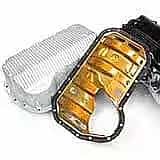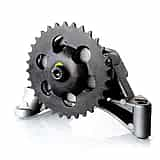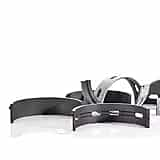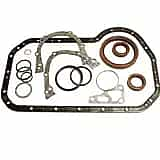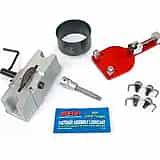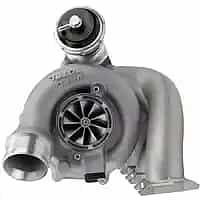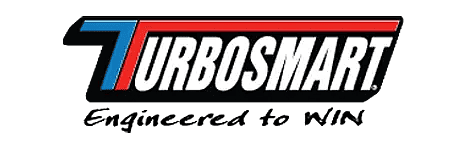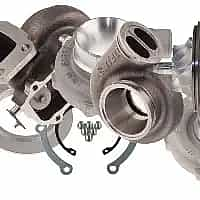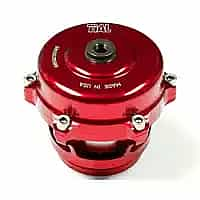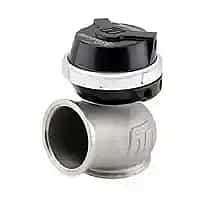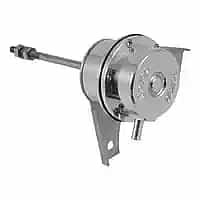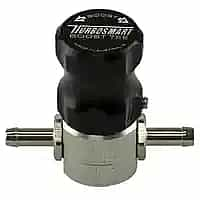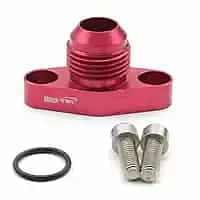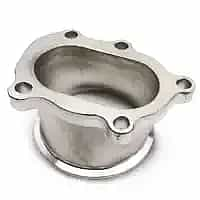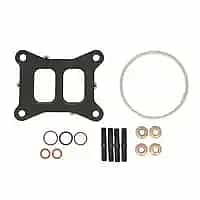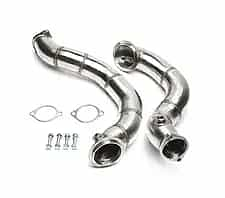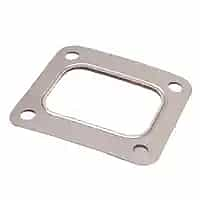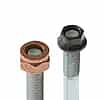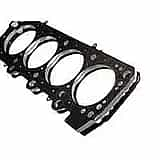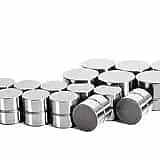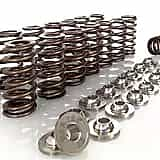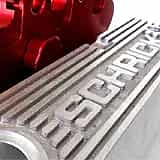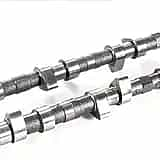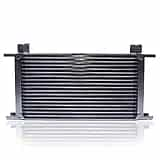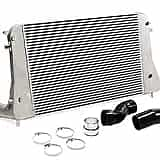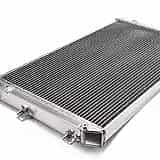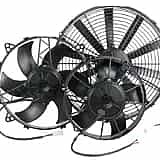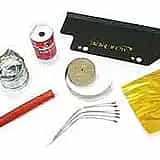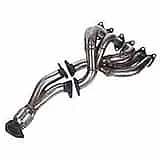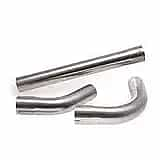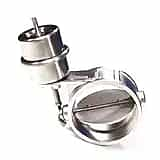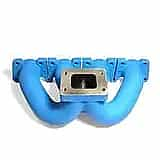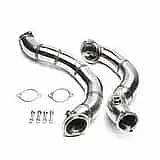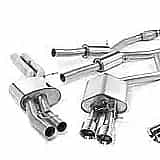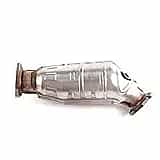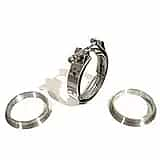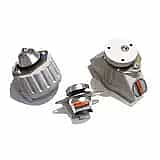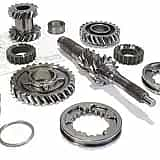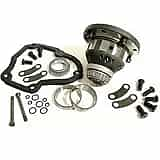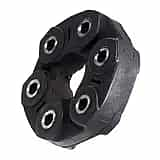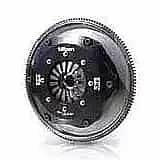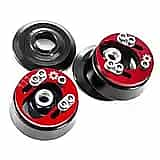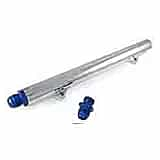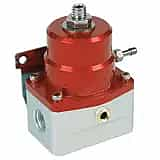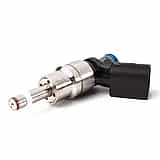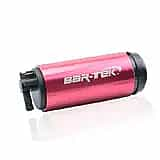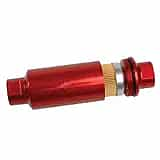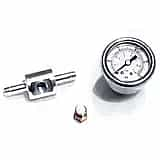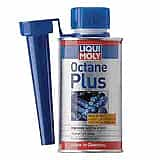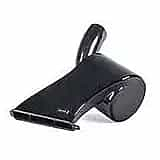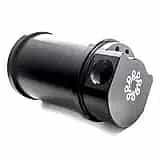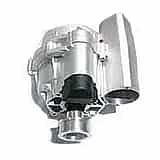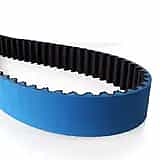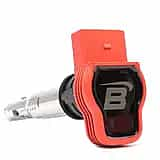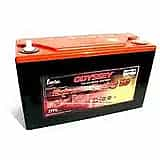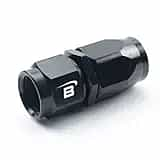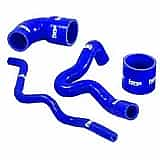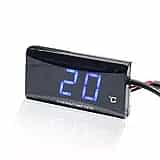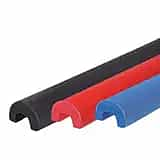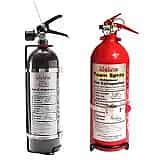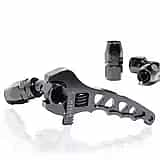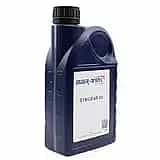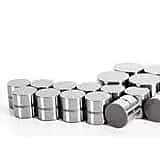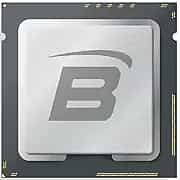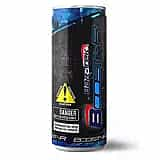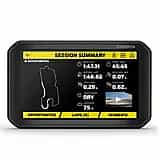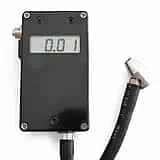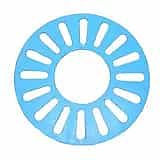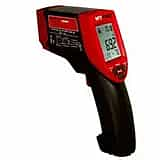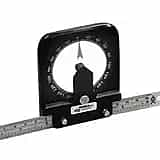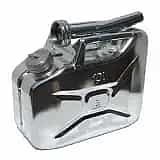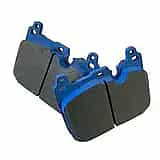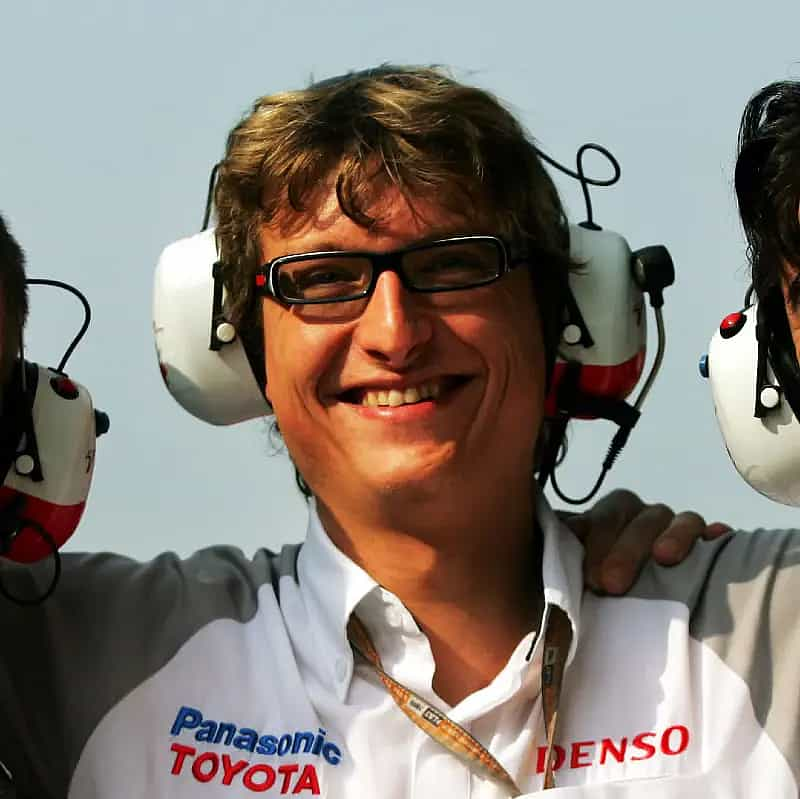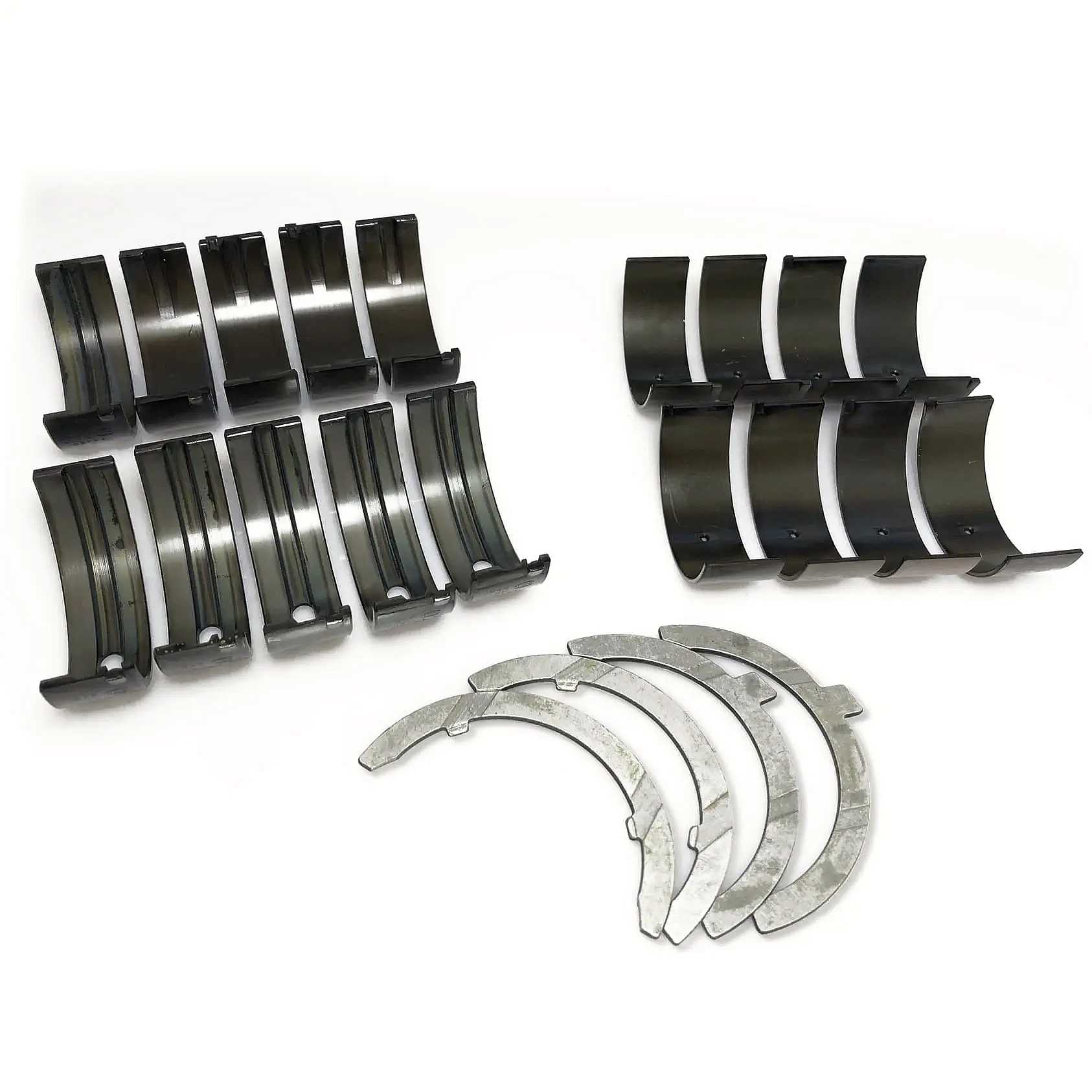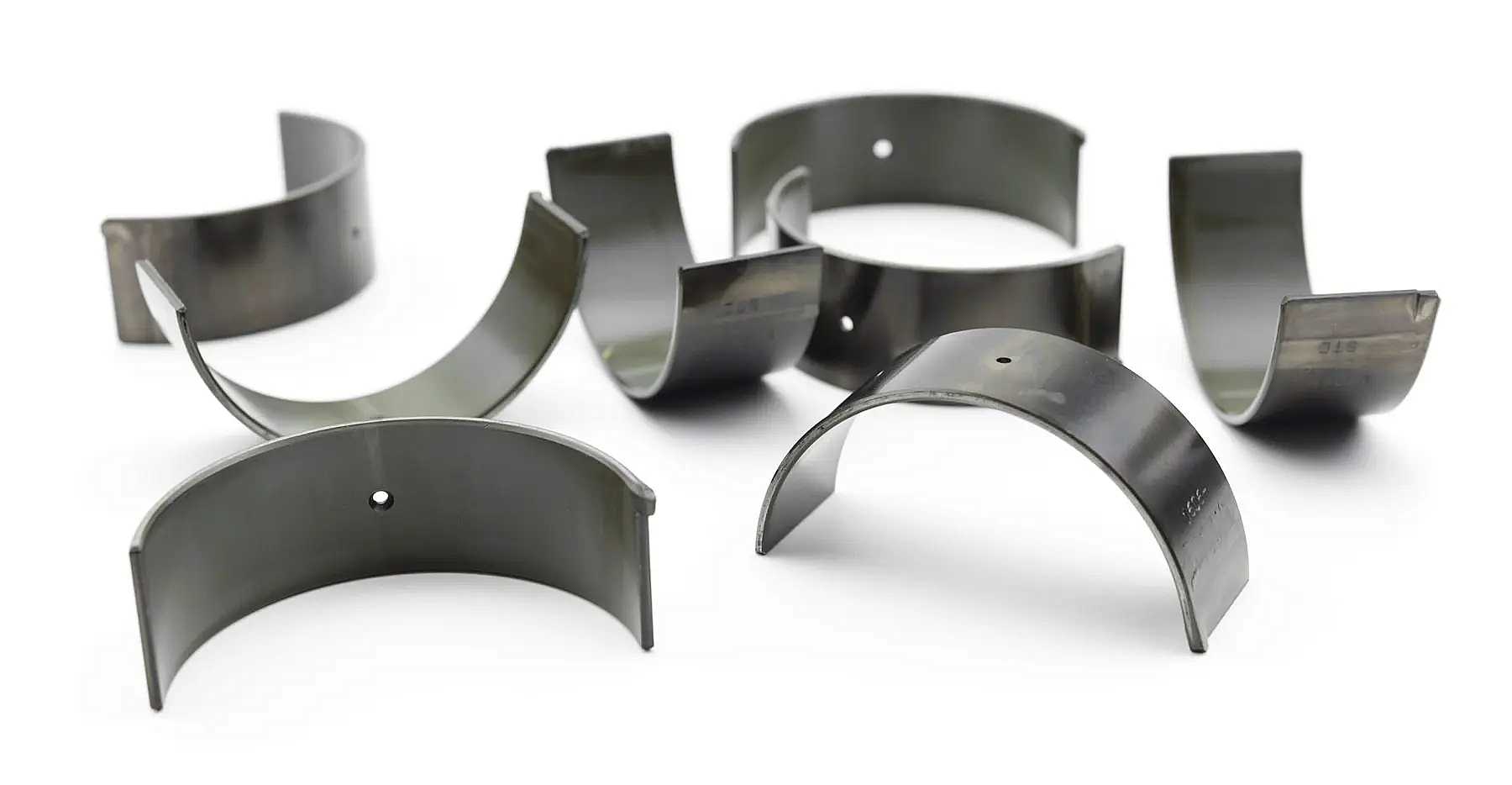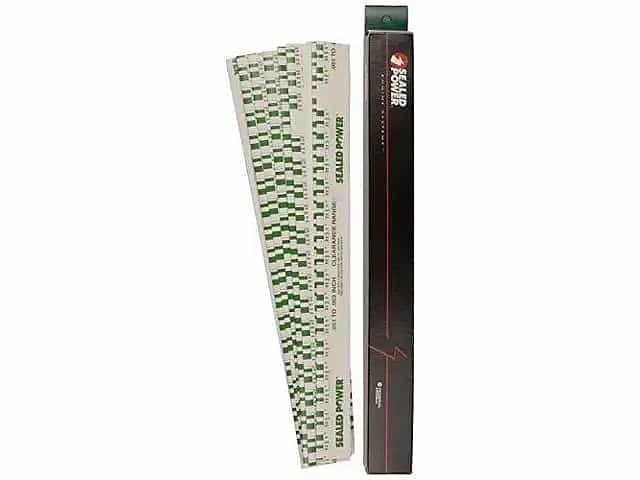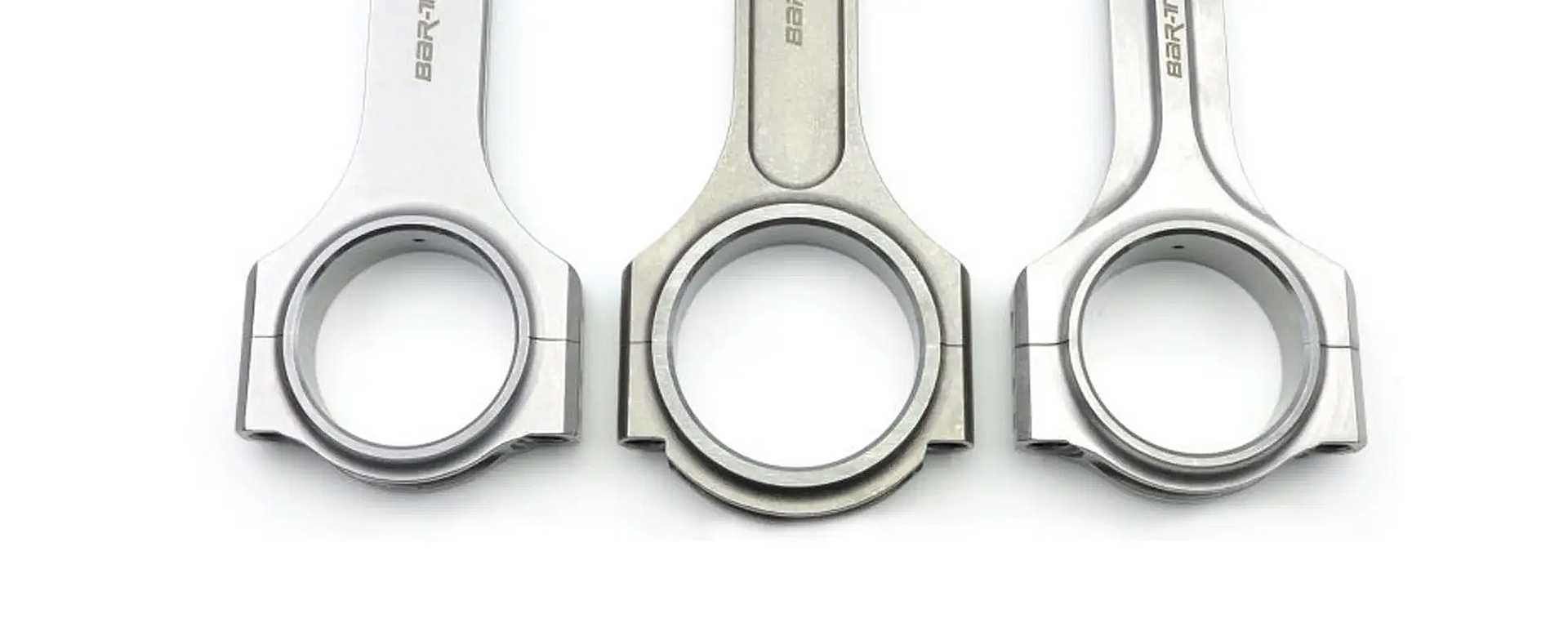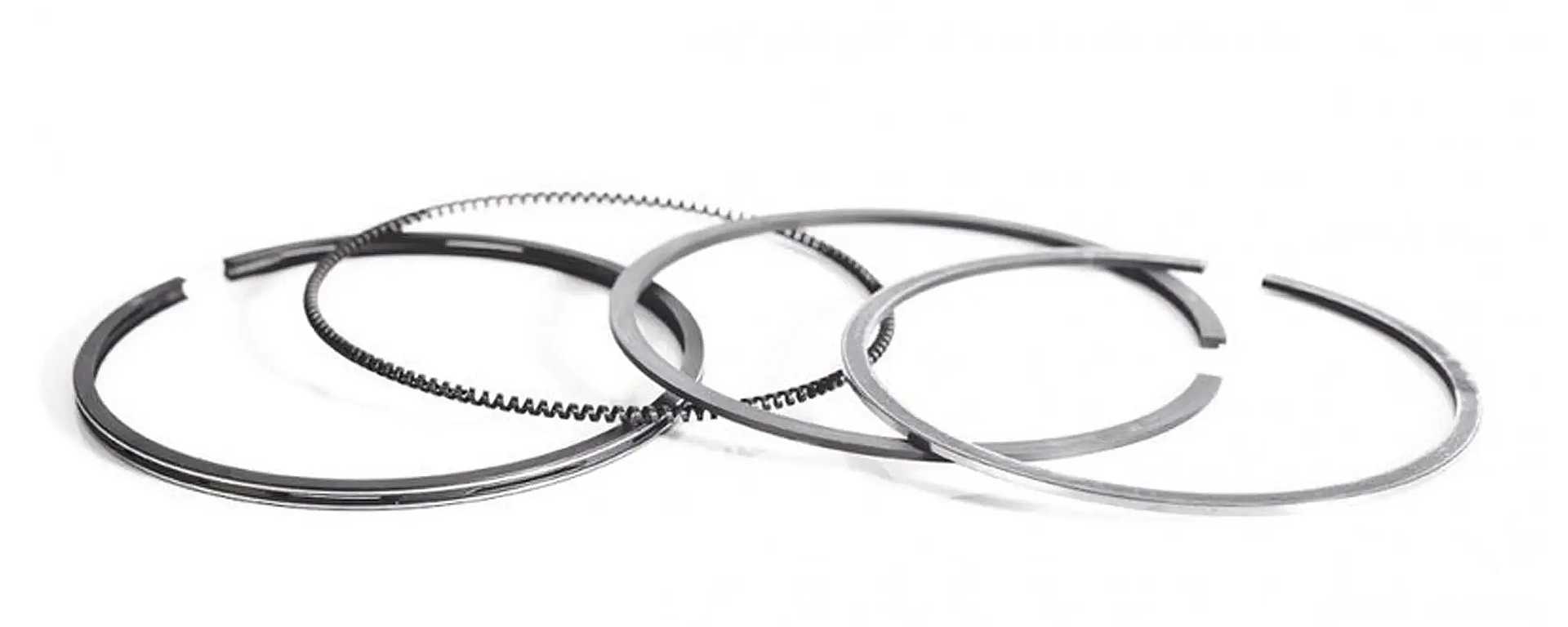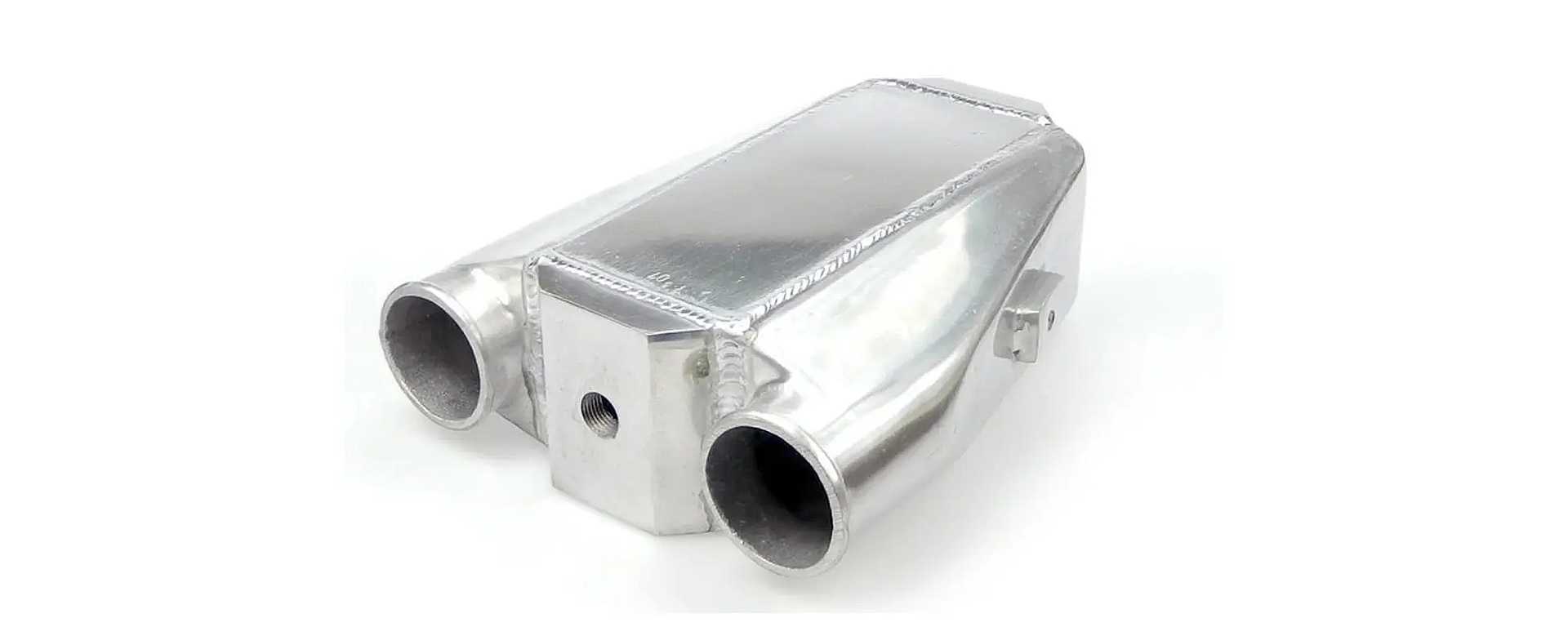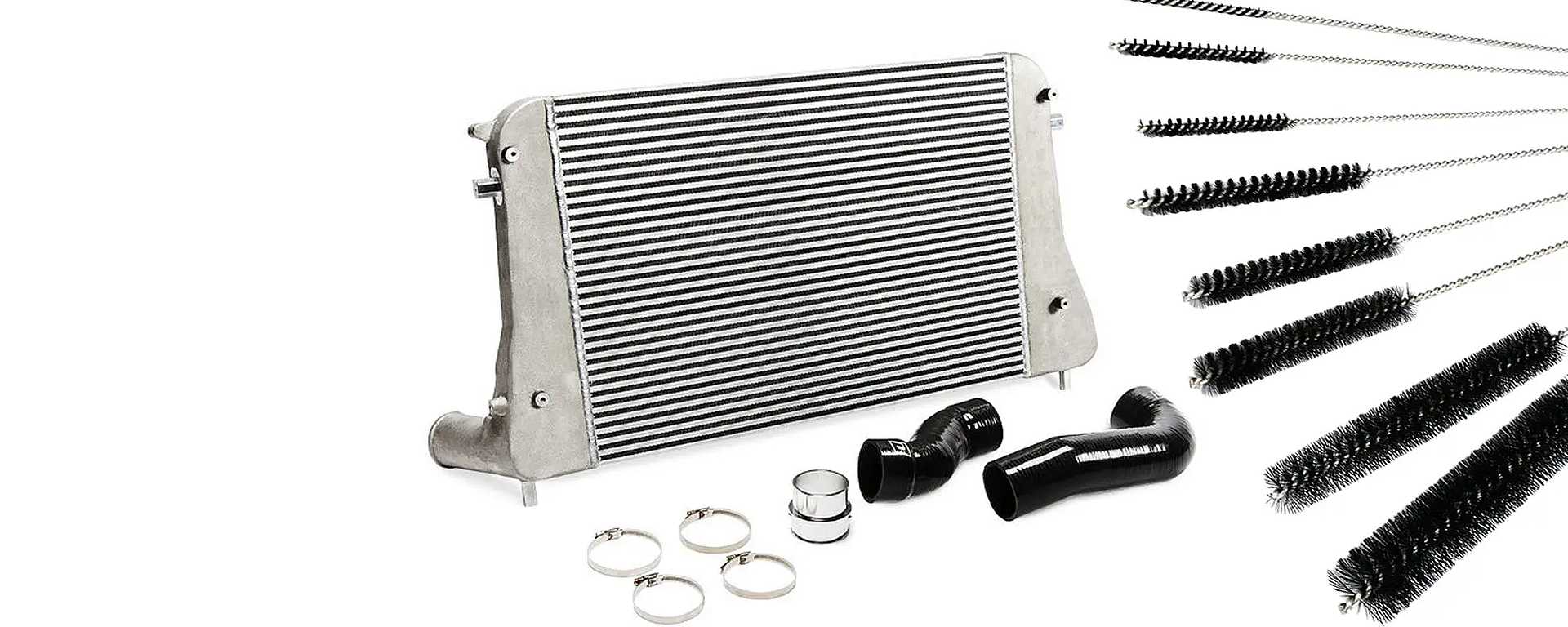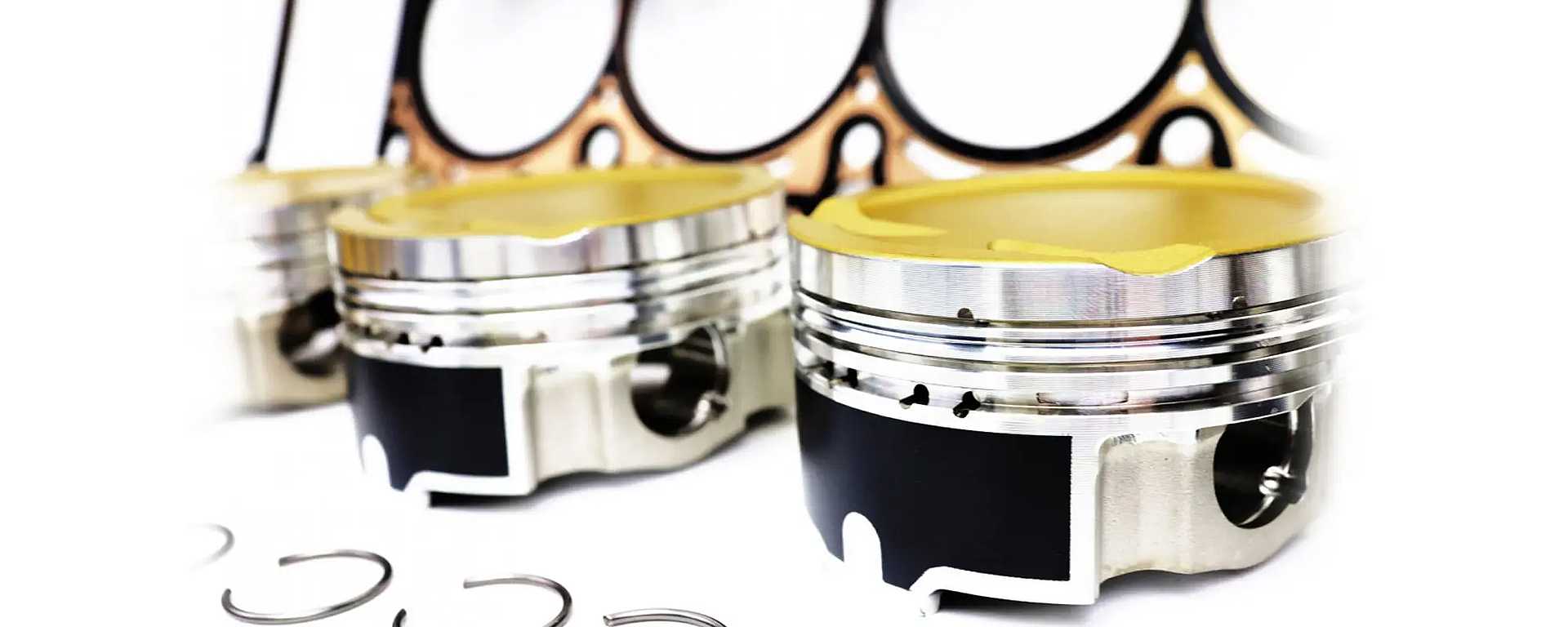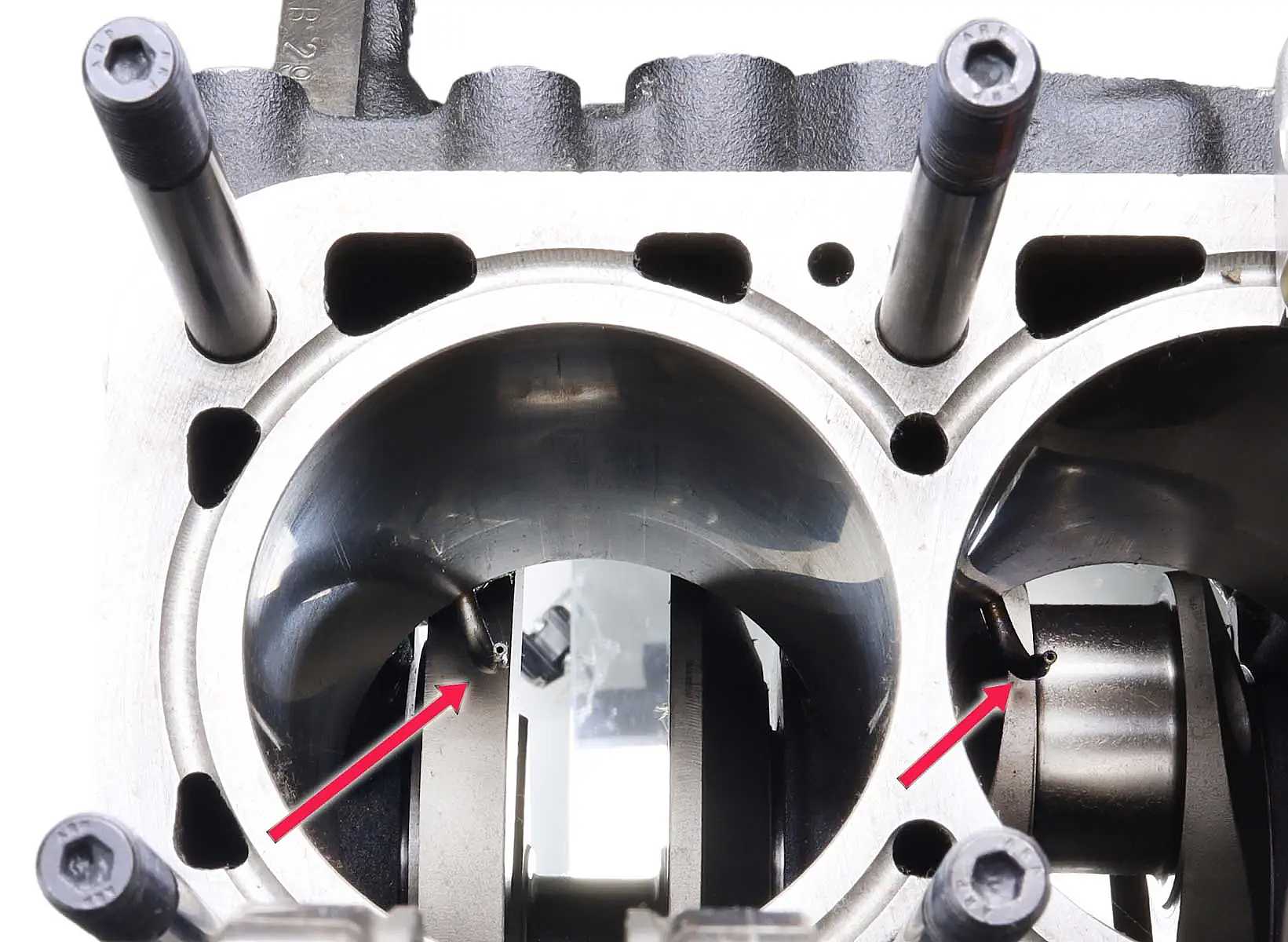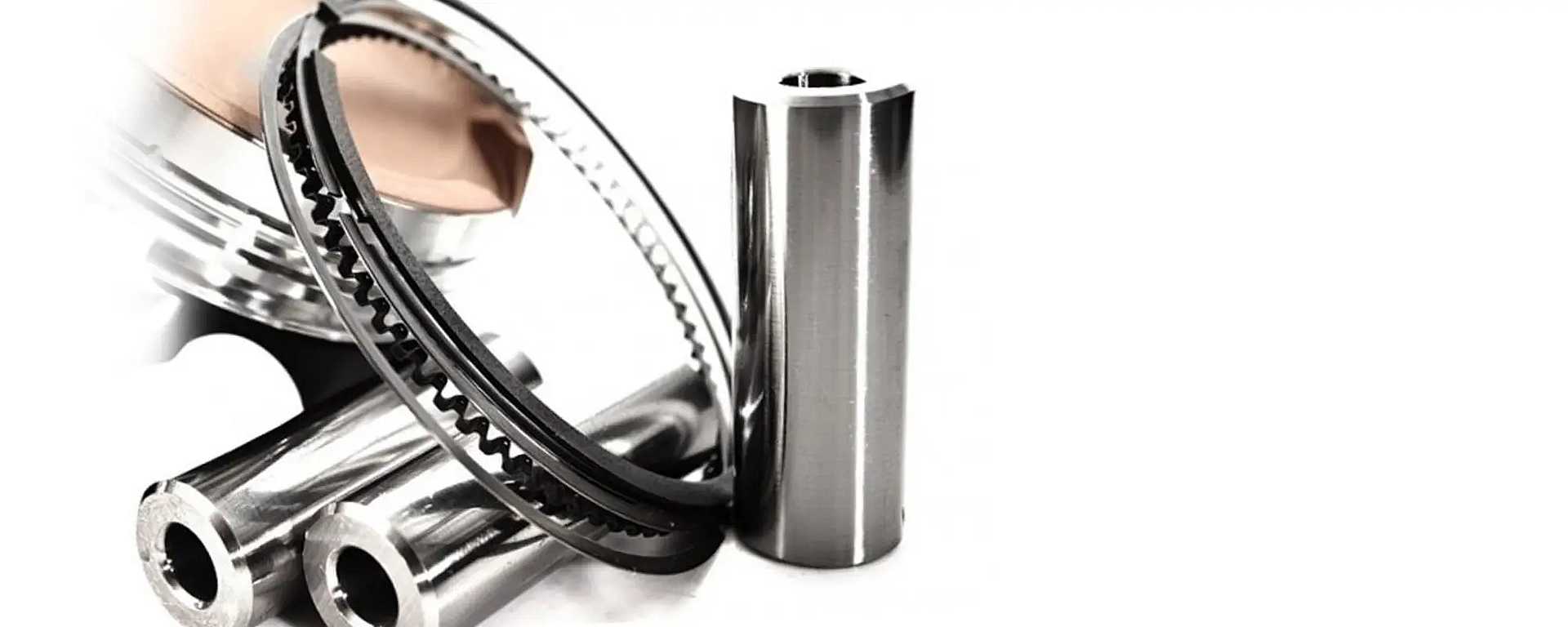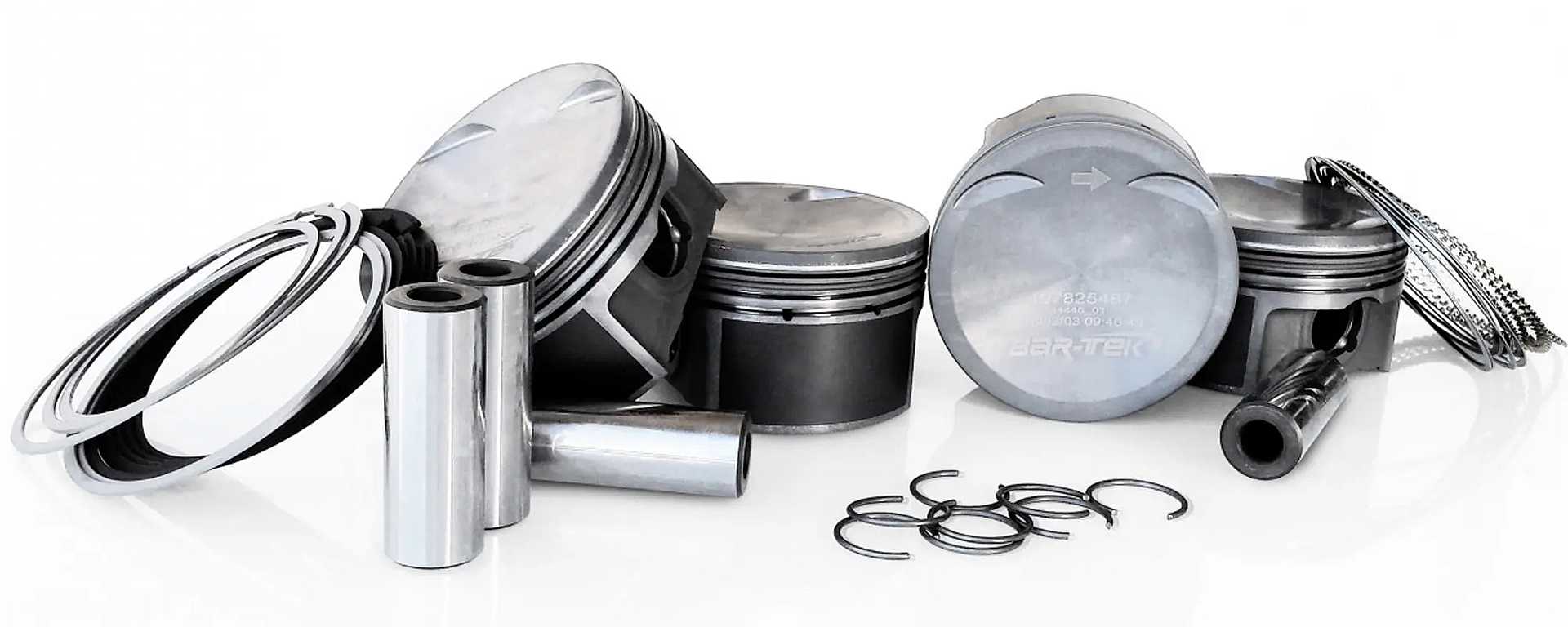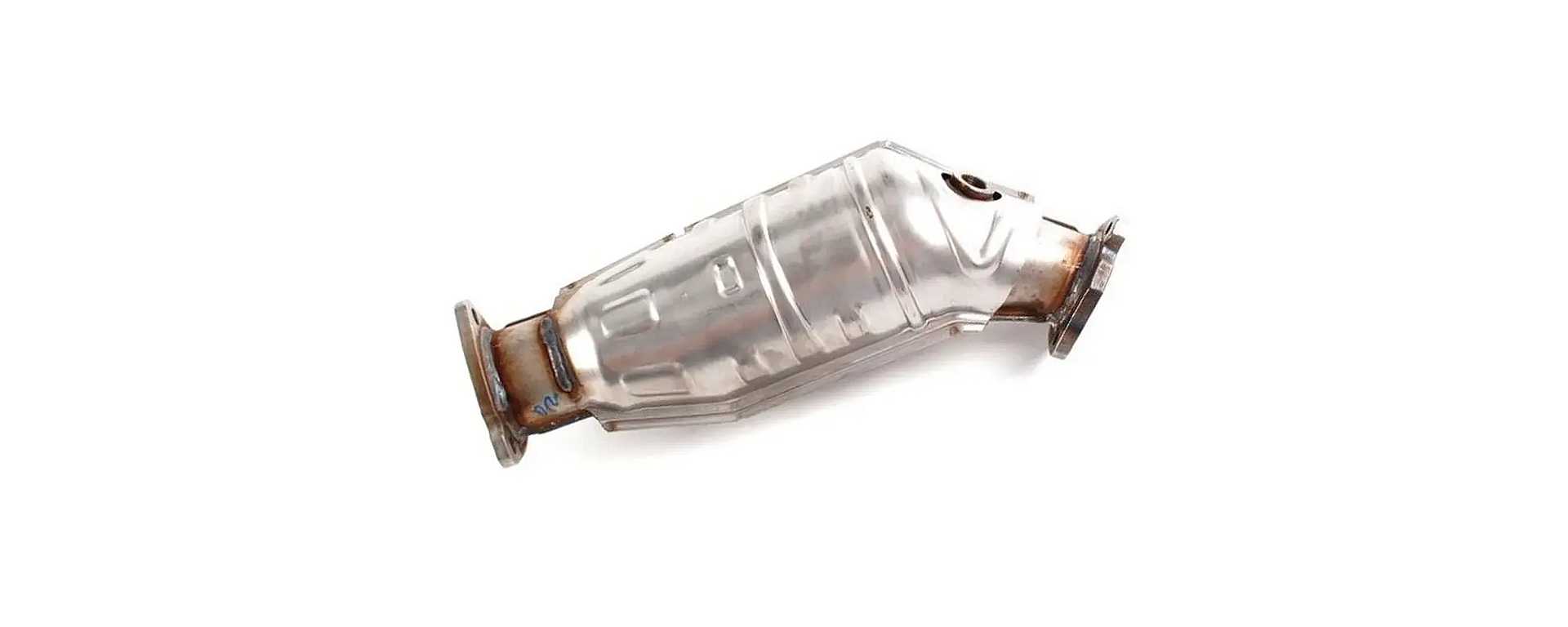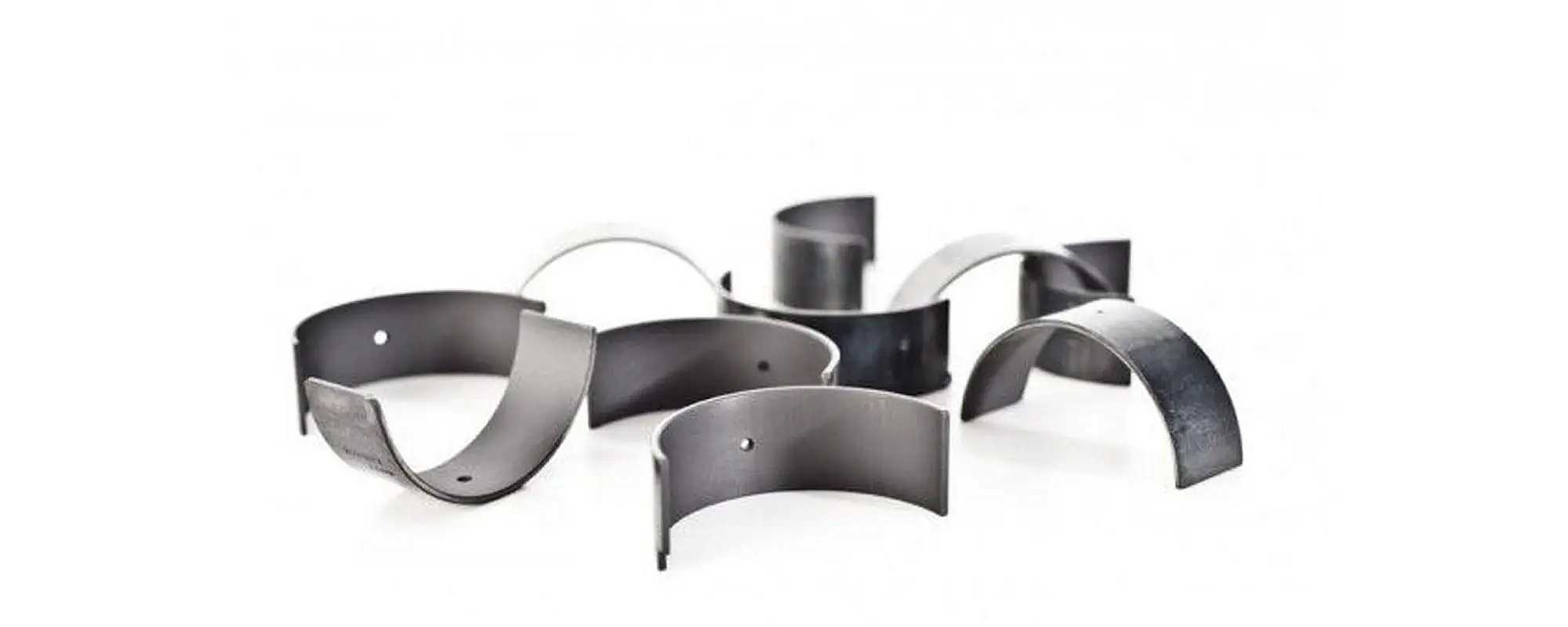

Connecting rod bearings
Connecting rod bearings are jointly responsible for the smooth functioning of the connecting rods. In the event of connecting rod bearing damage, it can therefore quickly become dangerous. Although the bearings are very important, they are often underestimated in performance tuning. To prevent this from happening to you, you can find out everything you need to know about the connecting rod bearings here - from their function to the replacement of the connecting rod bearings.
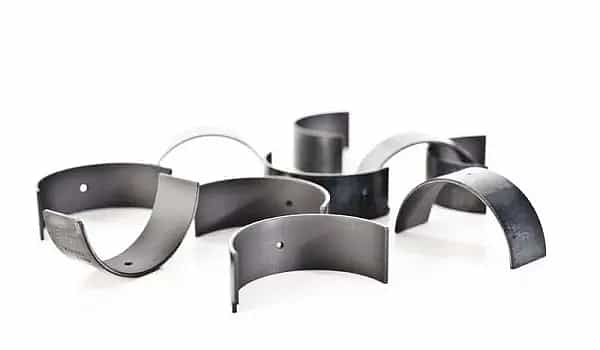
What are connecting rod bearings?
Connecting rod bearings in modern engines are plain bearings that support the conrod on the bearing journal of the crankshaft. The large eye of the connecting rod is split and is closed by the connecting rod bearing cap at the base of the connecting rod with expansion screws. The bearing shells are located in the two halves of the connecting rod bearing. These are lubricated by the oil circuit and are subjected to great stresses: Pressure, tension, rotation and heat constantly act on these small components.
What is the function of connecting rod bearings?
Connecting rod bearings support, guide and connect the connecting rods to the crankshaft, which move against each other. In this way, the linear stroke movements of the piston and conrod can be translated into the circular rotary movements of the crankshaft. Thanks to the bearings, this rotary motion occurs almost without wear: due to the lubrication, which is constantly provided by the oil pump, the crankshaft slides over the oil film and does not touch the bearing shells in the process. The bearing shells absorb the forces (axial and radial forces) from the engine movement and transmit them to the bearing housing. Bearings also have the task of absorbing and embedding abrasion. This consists of tiny metal particles that would lead to high wear without embedding, as they do not get caught in the oil filter.
Ready to ship immediately!
Connecting rod bearing damage
In the case of connecting rod bearing damage, so-called seizure, the engine can spontaneously stop. This is of course extremely dangerous, which is why you have to rely on high-quality bearings, especially when tuning. To be on the safe side, we have to keep the tolerances and clearances, observe the correct lubrication and also the crankshaft must run absolutely smooth.
How does damage to the connecting rod bearing occur?
The bearings in the stock engine are designed to last the life of your engine. However, as soon as you increase the power, higher forces act on the small parts and connecting rod bearing damage can occur. If it is not because the load has become too heavy, oil is often the problem with the bearing damage. Dirty oil, lack of oil, oil with low quality or too little pressure and also water or petrol in the oil can then be the cause. The source of the oil problems itself could be a faulty pump, a leaking line or simply a low oil level, for example.
Changing the connecting rod bearing - this is how it's done
To find out if you have a damaged bearing and need to change the connecting rod bearings, you usually have to remove the engine. When the engine is installed you don't have enough space because there is always something in the way. To get to the connecting rod bearings, you open the engine and remove the conrod. Then you check all the bearings for damage. Then check all bearings for damage. If you notice the above symptoms, grab your tools and follow the steps below:
- Get rid of the old oil: To get the oil pan dry, drain the old oil. This is best done when the engine is still warm. Now remove the drain pipe and remove the lower part of the oil pan.
- Remove the aluminium part from the oil sump, loosen the baffle plate and remove the mounting tube of the aluminium sump.
- Loosen the bearing holder: To get to all screws, turn the engine by hand and push the conrod so that you can reach everywhere.
- Now check the bearing shells for faulty wear. If you don't find any problems, you can now install the new bearings after measuring the bearing clearance.
- It is important that the crankpin is absolutely clean. Clean all parts and grease them afterwards.
- To measure the bearing play, place a suitable strip of PlastiGage across the running surface and fix it with a little grease. Finally tighten the bearing cover with the appropriate torque and measure afterwards how much the plastic strip was compressed. If everything is OK, remove the strip, clean the parts and wet the bearing surface with oil again.
- Now you can mount the new bearings in the brackets. The nitches must be really tight.
- Reassemble the bearing caps afterwards and tighten them to the correct torque. Turn the motor over manually and check for tightness.
- Afterwards, reassemble everything in reverse order, seal the oil pan and move on.
Ready to ship immediately!
Bearing change from the expert
If you are unsure which bearings you should install or if you have any questions about your connecting rod bearings, then simply contact us. Our motorsport professionals will be happy to assist you.
